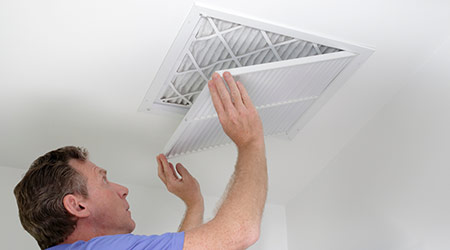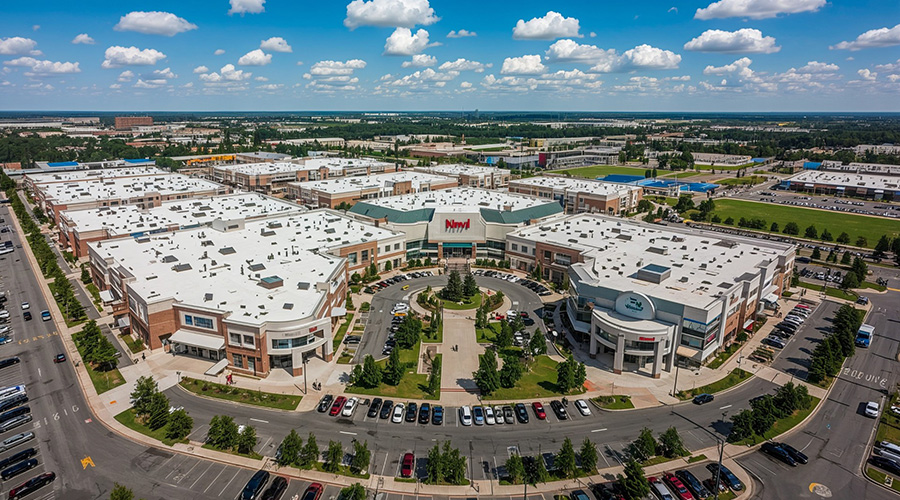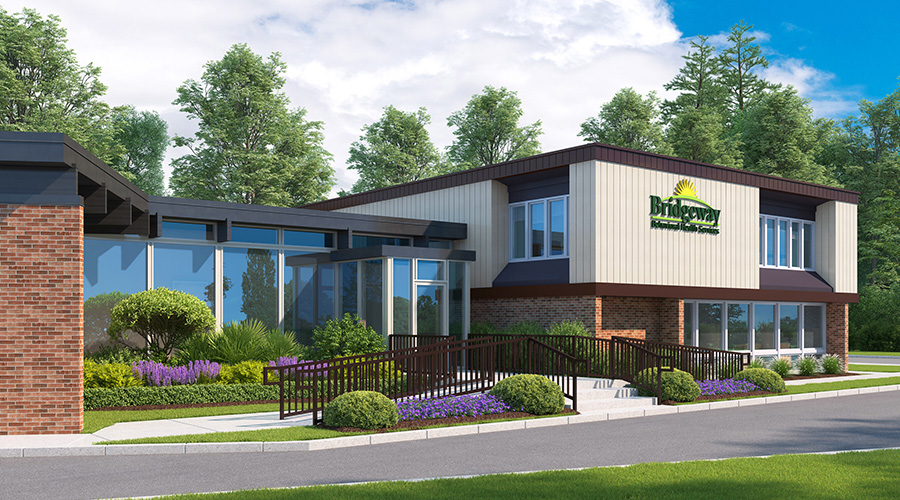HVAC systems have made great strides in improving indoor air quality (IAQ) in institutional and commercial facilities, according to an article from Facilities Maintenance Decisions on the FacilitiesNet website.
Nonetheless, challenges remain for maintenance and engineering managers and technicians responsible for ensuring a healthy indoor environment for building occupants and visitors, especially in facilities where activities and operations change regularly.
By understanding the role of air filters in achieving these goals, key applications for various air filters, and the essential tools and technology technicians need to monitor indoor air for mold, moisture, temperature, air flow, carbon monoxide, and airborne particles, managers can make great strides in improving the health of indoor environments.
Before specifying air filters, managers need to know the air quality inside and outside the facility and, specifically, the types of pollutants and their amounts in the air. Sources can include outdoor air entering through air intakes and indoor air pollutants from occupants and processes.

 Healthcare Is the New Retail
Healthcare Is the New Retail Bridgeway Behavioral Health Services Launches Campaign to Renovate Health Center
Bridgeway Behavioral Health Services Launches Campaign to Renovate Health Center Ground Broken for New North Dakota State Hospital
Ground Broken for New North Dakota State Hospital AI Usage for Healthcare Facilities
AI Usage for Healthcare Facilities Ground Broken on Pelican Valley Senior Living Modernization Project
Ground Broken on Pelican Valley Senior Living Modernization Project